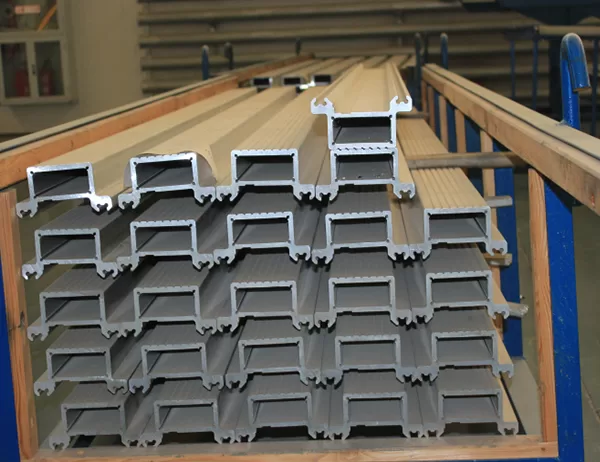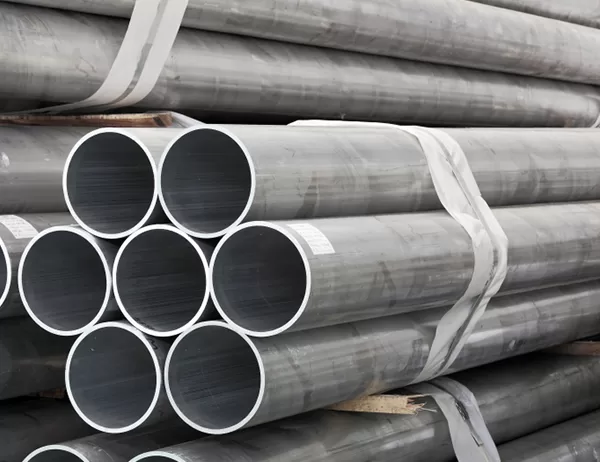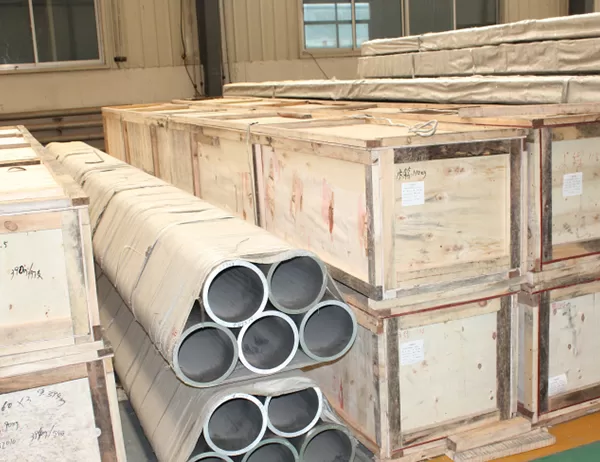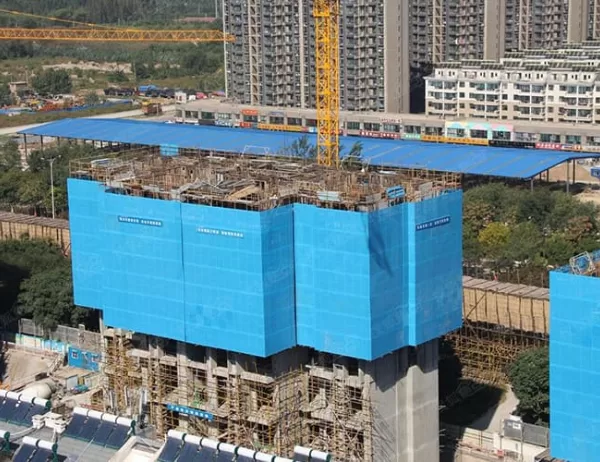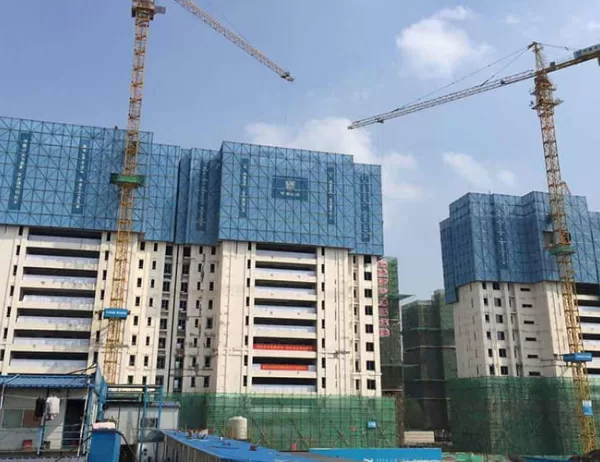Introduction
Aluminum formwork is an innovative construction system that is rapidly transforming the building industry. This lightweight, durable, and versatile material offers numerous advantages over traditional formwork systems, leading to increased efficiency, cost-savings, and sustainability in the construction process.
Advantages of Aluminum Formwork
Durability and Longevity
Aluminum is an incredibly strong and durable material, which makes its formwork systems highly resistant to damage and wear. Unlike wooden formwork, aluminum formwork can be reused multiple times without compromising its structural integrity. This extended lifespan reduces replacement costs and contributes to its overall cost-effectiveness.
Lightness and Maneuverability
Aluminum’s low density makes it significantly lighter than other formwork materials. This makes handling, transportation, and installation processes easier and more efficient. The lightweight structure allows for faster construction times and reduced labor costs.
Precision and Accuracy
Aluminum formwork systems are precision-engineered to deliver accurate and consistent results. The interlocking panels create tight joints, minimizing concrete leakage and ensuring a smooth, high-quality finish. This enables architects and contractors to achieve precise shapes and complex architectural designs with ease.
Sustainability and Environmental Impact
Aluminum is a highly recyclable material, making aluminum formwork systems environmentally sustainable. By reducing the use of wood and minimizing waste, it contributes to a greener building process. Additionally, its durability and reusability further extend its lifespan, reducing its carbon footprint over time.
Impact on Building Practices
Faster Construction Times
The ease of handling, installation, and removal of aluminum formwork enables contractors to significantly reduce construction timelines. This increased efficiency minimizes downtime, allows for quicker project completion, and ultimately generates cost-savings.
Reduced Labor Costs
The lightweight and modular nature of aluminum formwork systems reduces the need for labor-intensive processes. The interlocking panels allow for quick assembly and disassembly, minimizing setup and teardown times. This results in lower labor costs and increased project profitability.
Improved Safety
Aluminum formwork systems are inherently safer than traditional methods due to their lightweight and stable design. The interlocking panels create a secure structure, reducing the risk of accidents and injuries on construction sites. This enhances workplace safety and promotes a healthier work environment.
Increased Design Flexibility
The versatility of aluminum formwork allows for the creation of complex architectural shapes and designs. The adaptability of the system enables architects to explore innovative design concepts and push the boundaries of building aesthetics. This freedom of design opens up new possibilities for visually striking and functional structures.
Conclusion
Aluminum formwork is revolutionizing the building industry by offering durability, lightness, precision, sustainability, and increased efficiency. Its numerous advantages contribute to faster construction times, reduced labor costs, improved safety, and enhanced design flexibility. As the demand for sustainable and cost-effective construction solutions grows, aluminum formwork is poised to continue its transformative role in shaping the future of the building industry.
